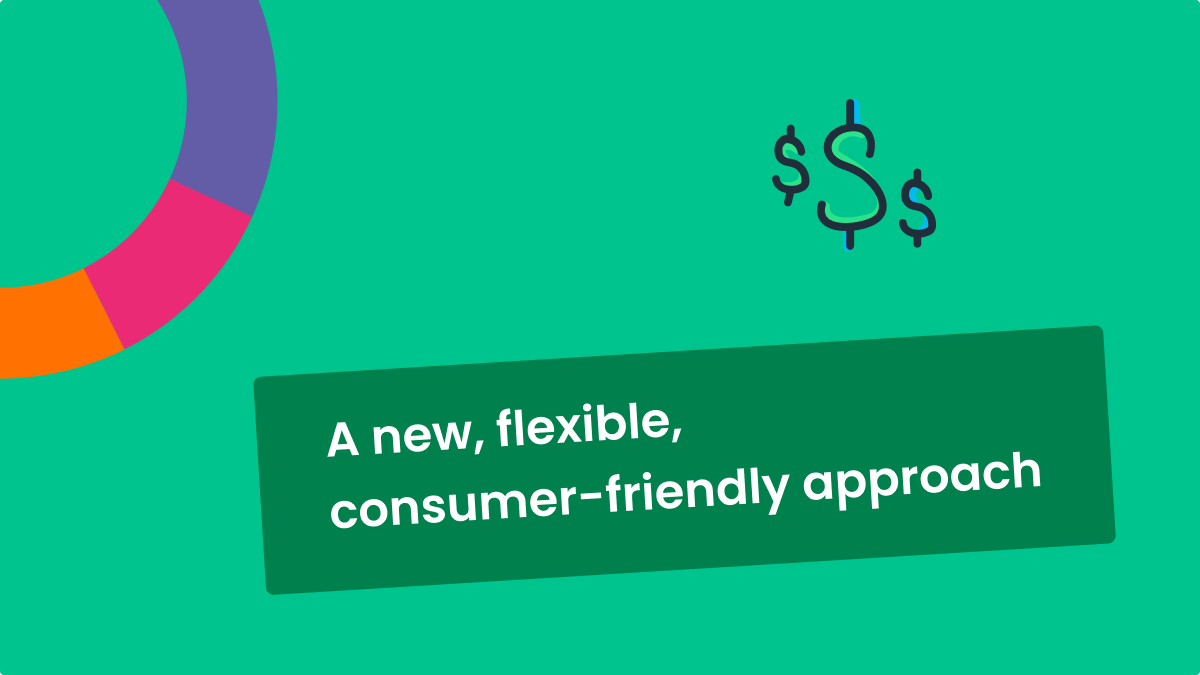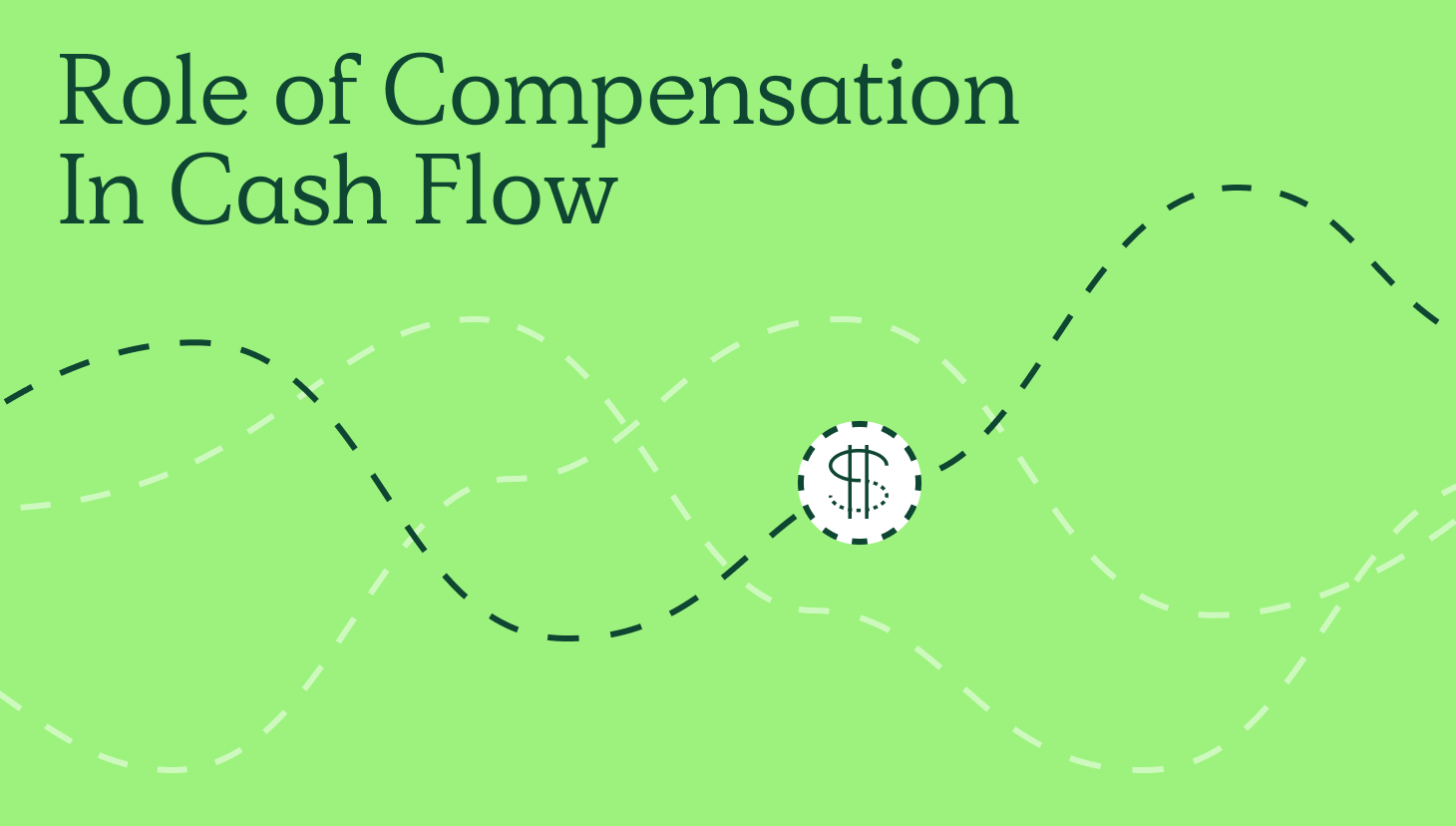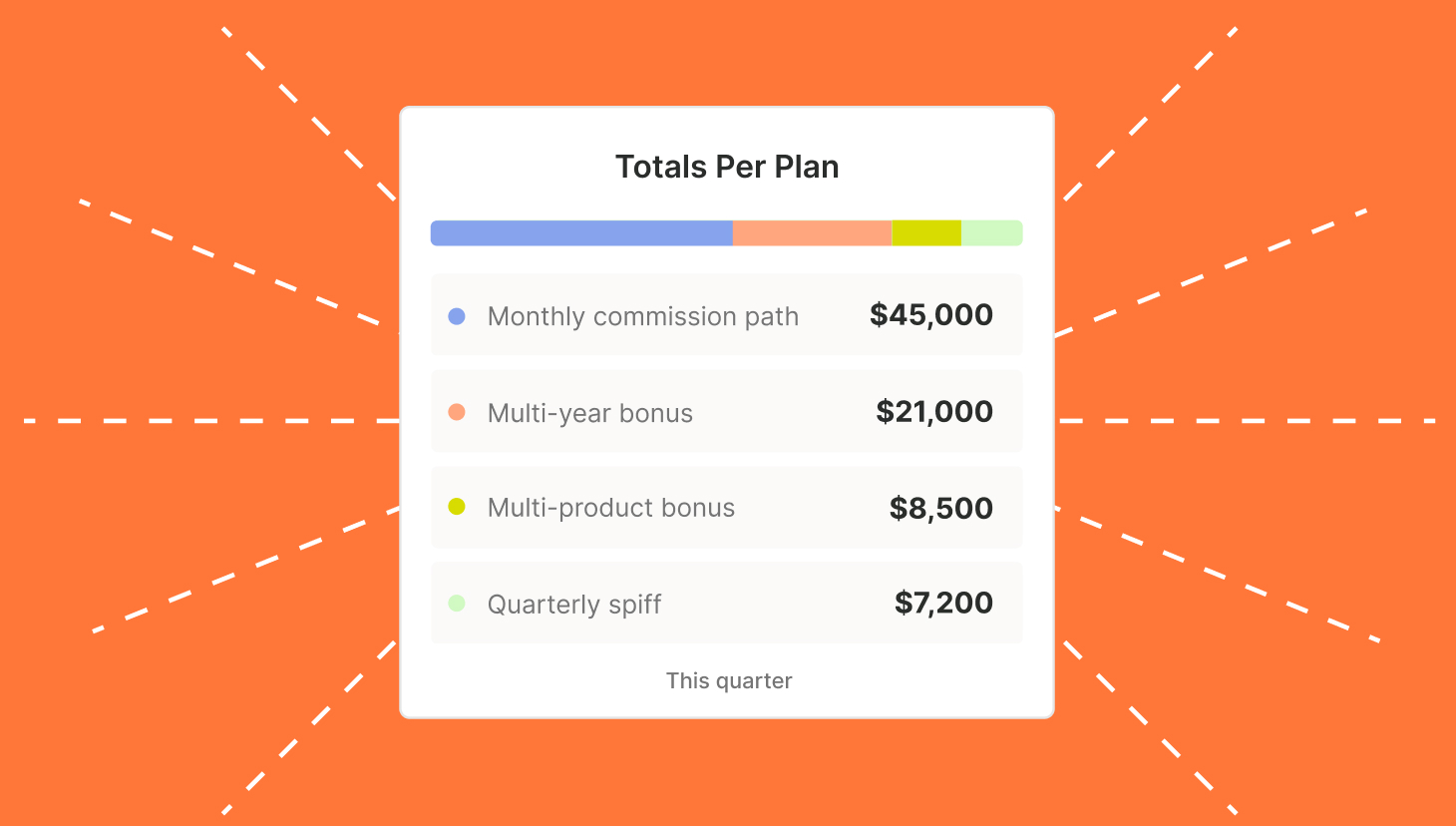A usage-based comp plan is all the rage right now. But will it work for your team? Read on.
Consumption-based pricing or usage-based pricing is a model that has gained tremendous popularity in the recent past. And, it’s not expected to slow down any time soon. The pricing model is particularly common in SaaS companies. But the challenge that companies face in implementing this model is formulating procedures that help them succeed in Usage-Based Pricing (UBP).
Revamping and aligning sales commission plans to this new, flexible, and consumer-friendly approach can be daunting.
On the consumers’ part, the pros of conducting business with vendors who embrace a usage-based pricing model are clear. They understand the benefits of the new model. They know that it allows them to use the product or service they need the way they want and then be billed for what they have spent.
But for sales reps paid in commission, the company experimenting with the process will require them to entice the consumers to spend as much as possible. Using UBP to incentivize the workforce and motivate them to make more sales can create bad work relations with the customers as they may use unorthodox practices to achieve the end. It may also misalign their incentives for the products and services sold.
Even more, a usage-based sales commission structure can complicate the commission tracking process because it often involves tiered, over-time payouts, and clawbacks. That is unless you use sales compensation software that can handle it.
So, let’s take an in-depth dive into how an organization can effectively apply usage-based comp plans.
What is a comp plan? (usage-based)
In Usage-Based Pricing, a comp plan covers the process of compensating sales reps for their services in the acquisition of new consumers. The plan also integrates revenue generated from the actual usage time of the software and is usually paid as sales rep commission. However, the biggest challenge associated with consumption-based pricing is coming up with a typical sales commission structure. With different compensation models available, settling on one can be a daunting undertaking.
How to structure a comp plan fit for usage-based models
In UBP, finding a viable comp plan that serves both the sales reps and the business is not easy.
Sometimes fixating on sales incentives corrodes customer relations. For example, to earn higher commissions, the sales team may convince customers to make selections that aren’t the best fit. Then, when they close the deal, the once-friendly sales team ghost the consumers.
Reversely, leaders need to be mindful of how a usage-based comp plan can impact reps. If it’s set up poorly, where the rep is consistently paying back on clawbacks or having to wait a full year to earn anything, they’ll be less likely to stick around.
So, before settling for a particular sales incentivizing structure, you should conduct sufficient research.
Here are some examples of comp plan structures that avoid these issues:
Total consumption vs. incremental consumption
In total consumption structure, the software company evaluates the gross consumption of services amongst customers. The business takes into account the projected final consumption when compensating sales reps. They then examine the services procured by a household or consumer and the total services provided during a particular timeframe before paying sales commissions.
Incremental consumption structure assumes services and products are homogenous and considers choice as an outcome derived from an intuitive process of information search. The strategy outlines how services or products are incrementally traded with time, and the company utilizing a UBP model uses the criteria to incentivize its sales rep. A comp plan that embraces incremental consumption considers future consumption patterns to carve the reps’ commission.
Actual billed consumption vs. consumption run rate
In actual billed consumption, customers pay for what they have used. For example, a consumer may be charged less by the power company during summer as they consume less energy. By analyzing the payments made, a company using a consumption-based pricing structure then pays the reps a percent of the gross.
In consumption run rate, businesses use their current financial status to forecast future performance. In this structure, an organization assumes the existing condition will stay the same and uses the extrapolated data when charging consumers to incentivize the sales rep with a percent of the payment.
If forecasted usage doesn’t match actual usage, the company may issue a clawback on the rep’s commissions for the difference if it’s substantial.
Hybrid consumption vs. a pure focus on consumption
Hybrid consumption is a new emerging trend among customers, potentially making conventional consumer stereotypes obsolete. The structure considers budget and premium alternatives across a wide range of services and product categories. In the process, it carves out a typical sales commission structure.
At QuotaPath, we have several customers run their commissions through a hybrid consumption model.
An example of this approach entails paying upfront half of the rep’s earnings based on estimated consumption. Then, the other half pays out on actual customer use or as the customer passes usage thresholds.
On the other hand, a pure focus on consumption explores consumer choices that lead to varying alternatives such as utility, satisfaction, and happiness.
The structure yields optimal choice, where consumers can rank different services and goods as per the levels of utility.
Your Guide to Setting, Calculating and Tracking Sales Compensation
Design and execute a compensation strategy that rewards and motivates your reps, aligns to business goals, and drives revenue.
Download the free eBookPros of using consumer-based pricing for business
- Increases flexibility when responding to changing consumer needs
- Raises profits as sales reps strive for more quality customers to earn higher commissions
- Improves rep retention
- Strengthens budget management
- Enables a business to experiment quickly on a variety of recurring finances
- Minimizes revenue leakages
- Allows the creation of bundles and packages which gives organizations a competitive edge
To consumers
- Improves customer satisfaction as they pay for only what they use
- Empowers consumers
• Grants consumers control over their spending
How QuotaPath maps out usage-based comp plans
Does QuotaPath support usage-based comp plans? Yes!
At this time, we have several customers on usage-based comp plans. How our incentive compensation software ingests and automates it will depend on how a team sets it up and what they want to accomplish.
Like all comp plans, if your team moves toward a usage-based model, make sure it’s clear, understood, and visible across your team.
What are your thoughts on usage-based comp plans? Is it the future of SaaS sales compensation?
To learn more about QuotaPath’s commission management software, find a time here to chat with our team.



